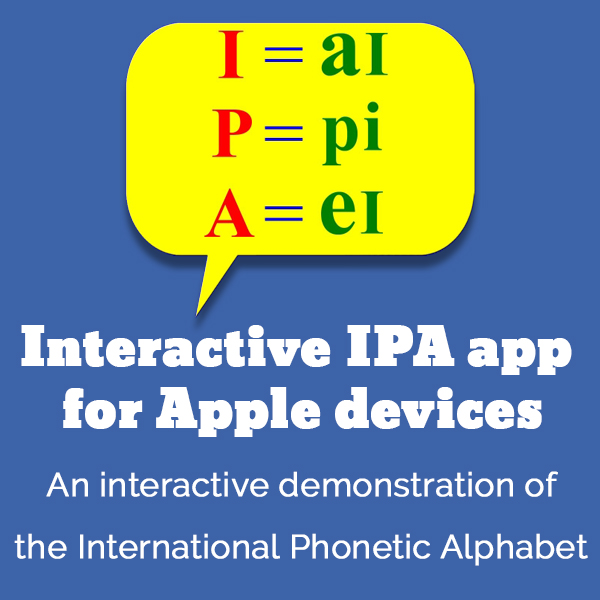Papua New Guinea 1
Listen to Papua New Guinea 1, a 31-year-old woman from Port Moresby, Papua New Guinea, and also Australia. Click or tap the triangle-shaped play button to hear the subject.
Both as a courtesy and to comply with copyright law, please remember to credit IDEA for direct or indirect use of samples. IDEA is a free resource; please consider supporting us.
BIOGRAPHICAL INFORMATION
AGE: 31
DATE OF BIRTH (DD/MM/YYYY): 14/05/1984
PLACE OF BIRTH: Port Moresby, Papua New Guinea
GENDER: female
ETHNICITY: Black/Papua New Guinean
OCCUPATION: sales assistant
EDUCATION: tertiary
AREAS OF RESIDENCE OUTSIDE REPRESENTATIVE REGION FOR LONGER THAN SIX MONTHS:
The subject attended a boarding school in Cairns, Queensland, Australia, from ages 12 to 17.
OTHER INFLUENCES ON SPEECH:
Her first language was the common dialect Tok Pisin (Pidgin), though both of her parents grew up speaking local dialects (Tok Plis), which she understands but does not speak as fluently as Tok Pisin. The subject’s initial contact with English was via television and such programs as Sesame Street and Playschool (an Australian program for pre-school children). She believes that this has been one of the biggest influences on her speech.
The subject attended an international school in Papua, New Guinea, until she was 12. The teachers at this school were English speakers from America, New Zealand, and Australia, the majority coming from the United States. She was aware of being corrected in regards to pronunciation when speaking English, so that words that may have had a Papua New Guinean accent were modified toward American pronunciation at an early age.
She was sent to boarding school in Australia from ages 12-17. She describes a realization upon meeting other Papua New Guinean girls who were attending the same boarding school that they had strong Papua New Guinean accents and that hers was different. (The other girls had attended local schools in Papua New Guinea.) She is aware that she tried to modify her speech at school to fit in.
The text used in our recordings of scripted speech can be found by clicking here.
RECORDED BY: Linda Nicholls-Gidley
DATE OF RECORDING (DD/MM/YYYY): 16/12/2015
PHONETIC TRANSCRIPTION OF SCRIPTED SPEECH: N/A
TRANSCRIBED BY: N/A
DATE OF TRANSCRIPTION (DD/MM/YYYY): N/A
ORTHOGRAPHIC TRANSCRIPTION OF UNSCRIPTED SPEECH:
An interesting story about myself: I am from Papua New Guinea, and when I was 12 years old, my parents decided to send me to Australia to attend a Catholic all-girls boarding high school. So, when I was in grade 9, I had dreadlocks and I wanted to be in the girls choir. So I went, and I was informed by the nuns that if I want to be and remain in the choir, I had to basically remove all my dreadlocks, to remain in the choir. So, I kindly declined, um, being part of the choir, ‘cause I didn’t want to remove my dreadlocks, but instead shaved my head bald, which in, then resulted in me being suspended from school. Yeah, that’s an interesting story about myself. [Subject speaks in Tok Pisin (Pidgin).]
TRANSCRIBED BY: Linda Nicholls-Gidley
DATE OF TRANSCRIPTION (DD/MM/YYYY): 16/12/2015
PHONETIC TRANSCRIPTION OF UNSCRIPTED SPEECH: N/A
TRANSCRIBED BY: N/A
DATE OF TRANSCRIPTION (DD/MM/YYYY): N/A
SCHOLARLY COMMENTARY:
Queensland has the highest population of Papua New Guinean born residents outside of Papua New Guinea, a population of 24,022 was recorded in the 2006 census.
The subject believes that there are strong far-north Queensland influences on her speech patterns, particularly the use of / ʃt͡ʃɹ/ in place of /stɹ/ in words such as “street” and “strong.”
COMMENTARY BY: Linda Nicholls-Gidley
DATE OF COMMENTARY (DD/MM/YYYY): 20/01/2016
The archive provides:
- Recordings of accent/dialect speakers from the region you select.
- Text of the speakers’ biographical details.
- Scholarly commentary and analysis in some cases.
- In most cases, an orthographic transcription of the speakers’ unscripted speech. In a small number of cases, you will also find a narrow phonetic transcription of the sample (see Phonetic Transcriptions for a complete list). The recordings average four minutes in length and feature both the reading of one of two standard passages, and some unscripted speech. The two passages are Comma Gets a Cure (currently our standard passage) and The Rainbow Passage (used in our earliest recordings).
For instructional materials or coaching in the accents and dialects represented here, please go to Other Dialect Services.
 IDEA: International Dialects of English Archive
IDEA: International Dialects of English Archive



